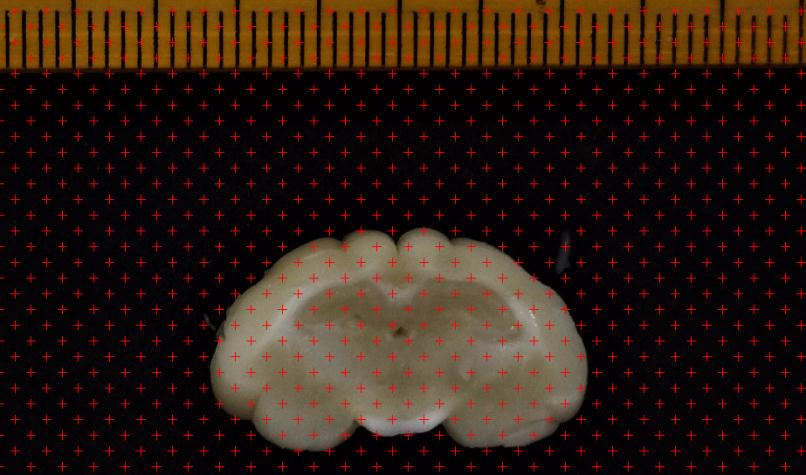Stereology of spix's yellow-toothed cavy brain (Galea spixii, WAGLER, 1831)
DOI :
https://doi.org/10.21708/avb.2018.12.3.7876Résumé
Spix's Yellow-toothed Cavy is a histrichomorphic rodent of the Caviidae family found in South American countries such as Brazil and Bolivia. It is a widely-used species as an experimental model in research in reproductive biology due to morphological and reproductive characteristics, such as the similarity in the placental development of Galea spixii and human species. However, there are no studies on the behavior of this species or on its brain morphology. Considering the lack of information in the literature about the brain and internal structures of Galea spixii, this study aimed to stereologic evaluate the brain as well as the volumetric proportions of the hippocampus and corpus callosum. Therefore, ten healthy animals were used from the Wild Animal Multiplication Center of the Universidade Federal Rural do Semiárido. The brains were measured in terms of external length, height and width, followed by fixation in paraformaldehyde solution 4% and coronary cuts with a thickness of 4mm and the rostral face of each cut was photographed, with the images being analyzed to determine the volumetric proportions of the required areas. There was no statistically significant difference between the means of volume, length, width and height when the right and left hemispheres were compared, and there was also no statistically significant difference between the volume of the corpus callosum and hippocampus in both hemispheres. The brain of Galea spixii is larger when compared to the rodent Rattus norvegicus. Volumetric differences may be responsible for distinct behavioral aspects between these species.
Téléchargements

Téléchargements
Publié-e
Numéro
Rubrique
Licence
Autores que publicam na Acta Veterinaria Brasilica concordam com os seguintes termos: a) Autores mantém os direitos autorais e concedem à revista o direito de primeira publicação, com o trabalho simultaneamente licenciado sob a Licença Creative Commons Attribution que permite o compartilhamento do trabalho com reconhecimento da autoria e publicação inicial nesta revista. b) Autores têm autorização para assumir contratos adicionais separadamente, para distribuição não-exclusiva da versão do trabalho publicada nesta revista (ex.: publicar em repositório institucional ou como capítulo de livro), com reconhecimento de autoria e publicação inicial nesta revista. c) Autores têm permissão e são estimulados a publicar e distribuir seu trabalho online (ex.: em repositórios institucionais ou na sua página pessoal) a qualquer ponto antes ou durante o processo editorial, já que isso pode gerar alterações produtivas, bem como aumentar o impacto e a citação do trabalho publicado (Veja O Efeito do Acesso Livre).


 Esta obra está licenciada com uma Licença
Esta obra está licenciada com uma Licença 